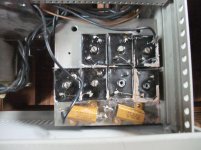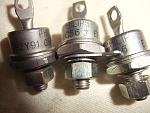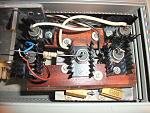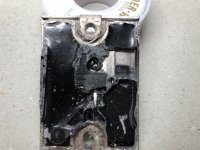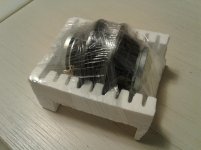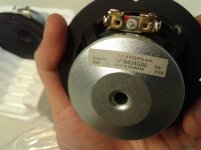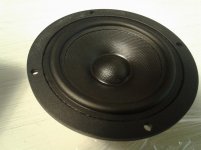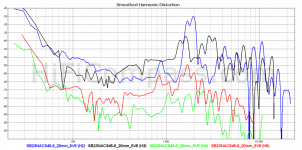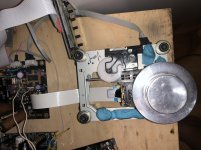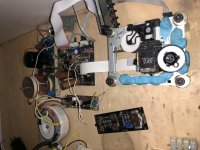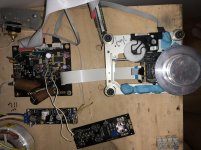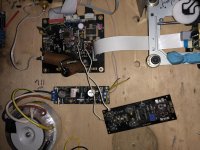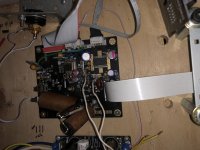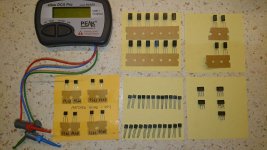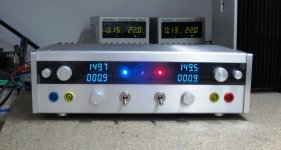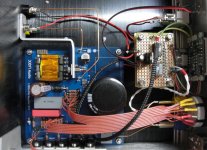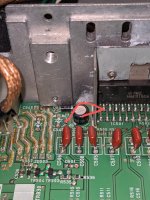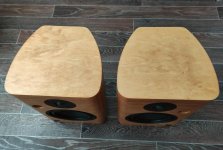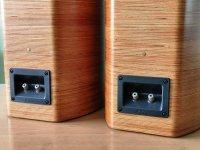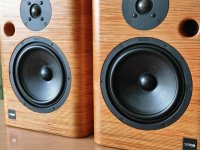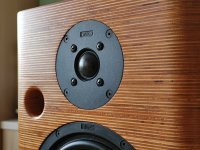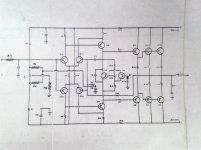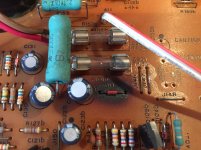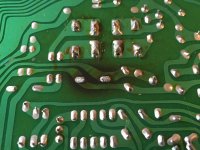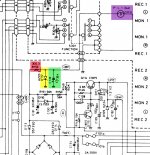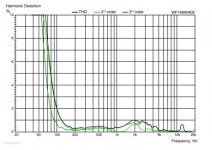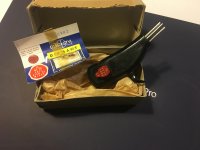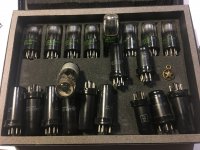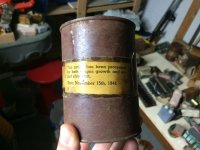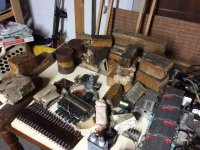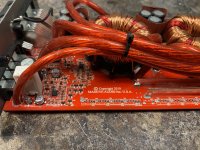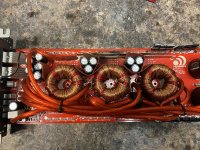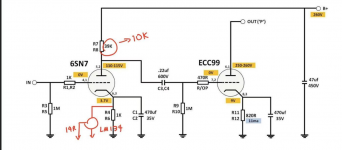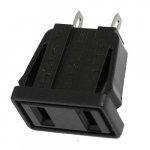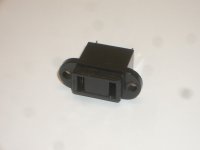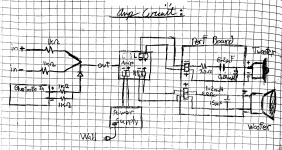I am selling a new old stock pair of KR Enterprises VV32B, (300B), SET tubes for $600.00 USD. Although “Rare!” gets vastly over used in selling audio kit, these are, now indeed Rare! This pair is truly NOS and has never been used, except for 20 minutes of testing in my Bottlehead Paramounts! These are a beautiful, high output Western Electric 300B variant with a rugged heavy glass bulb. They are a factory matched pair. Boxes were opened for testing only.
The VV32B’s are interchangeable in most amps using the 300B-XLS tube, but as always, check with your manufacturer first! The filament amperage is higher than standard 300B’s, (2.0 amps v. 1.2 amps). Most amps have the headroom. Also the VV32B’s are slightly taller than standard 300B’s. Please make sure that you have room.
I bought these after hearing an amp running them at an audio buddy’s house. I am a long time SET guy. These tubes have the 300B midrange sweetness, but eliminate the roll off in the bass and treble. Both of my amps and preamp are 300B, but the Bottlehead amps cannot handle the higher filament requirement of the VV32B, (KR 300B XLS). So I was going to build new set of top-of-the-line 300B monoblocks, but, sadly. never did! (If you want a great buy on Electra Print VT2K output transformers, Audio Note 031 power transformers, Transcendar 10H chokes and these tubes, we could make package deal!)
The VV32B is an ultra-linear, low frequency, high power triode tube capable of producing 18-22 watts of pure class-A power. These tubes feature a new ribbon filament construction and the KR Enterprise exclusive patent design with 32 cathodes. The VV32B Series valves possess a vacuum of 10-9 Torr, a maximum grid current of 2.0 microamperes and absolutely constant emission over the life of the tube.
Average Characteristics
Plate Voltage....................400 volts
Plate Current.......................120 mA
Grid Voltage......................-60 volts
Amplification Factor...................3.9
Transconductance...................6000
Plate Resistance...............600 ohms
Load Resistance............2500 ohms
Power Output......................15 watts
THD..................................<0.05%
Maximum Conditions
Plate Voltage....................550 volts
Plate Dissipation................70 watts
Plate Current......................160 mA
Not Simultaneous Conditions
Filament Ratings
Voltage............5.0 volts a.c. or d.c.
Current................................ 2.0 A
Buyer pays USPS Priority Mail. insured. Shipping outside the USA is USPS International Express Mail. Tubes will ship within 48 hours of receipt and verification of payment. I will ship only to a verified PayPal address. Payment must be received within 7 days. Shipping cost is the actual USPS price. Please contact me if you have any questions before you offer. The tubes will be very well packed.
They are sold AS-IS. Sorry, NO RETURNS
